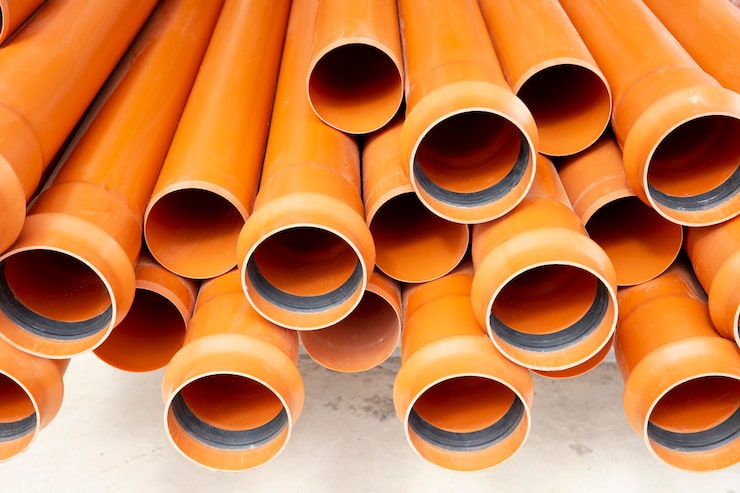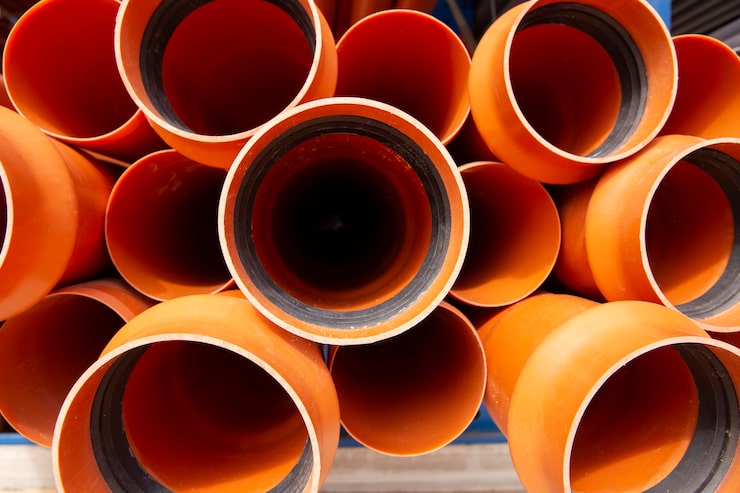Choosing the right piping material is a crucial decision for anyone involved in building, renovating, or maintaining a plumbing system. One material that often comes up in discussions is CPVC, or chlorinated polyvinyl chloride. This thermoplastic piping has become increasingly popular in both residential and commercial water systems, especially where hot water delivery is involved. But is CPVC ok for water lines? This article explores the real-world performance, advantages, and potential concerns of CPVC, helping homeowners, builders, and contractors make informed decisions based on facts and practical considerations.

CPVC is essentially an enhanced version of standard PVC, created by adding chlorine to the polymer chain. This additional chlorination gives CPVC improved heat resistance, chemical stability, and durability, which are essential properties for modern plumbing systems. Unlike regular PVC, which is primarily used for cold water and drainage systems, CPVC is designed to handle hot and cold water under pressure. This makes it a strong contender for whole-house or building-wide water line installations.
One of the key reasons CPVC is widely used for water lines is its excellent temperature tolerance. CPVC can safely carry water at temperatures up to 200 degrees Fahrenheit, which covers nearly all hot water applications in homes, apartment buildings, and light commercial settings. This is an important advantage over standard PVC and even some types of metal piping, which may degrade or fail when exposed to prolonged heat. For homeowners who frequently use hot water for showers, dishwashing, or laundry, CPVC can deliver consistent performance without warping, sagging, or becoming brittle from heat exposure.

In addition to thermal resistance, CPVC is known for its corrosion resistance. Unlike metal pipes such as copper or galvanized steel, CPVC does not rust or corrode over time. This makes it particularly effective in areas with aggressive water chemistry, such as high mineral content or chlorinated municipal water supplies. The inner surface of CPVC pipes remains smooth throughout their service life, which helps maintain steady water pressure and reduces the risk of scale buildup. For property owners, this means fewer maintenance issues and longer-lasting infrastructure.
Ease of installation is another reason why CPVC is often selected for water lines. It is lightweight, easy to cut, and does not require welding or expensive joining tools. CPVC pipes are typically joined using solvent cement, which creates a strong, permanent bond without the need for heat or complex procedures. This makes CPVC accessible to both professional plumbers and skilled DIYers, and can result in lower labor costs and faster project timelines.
However, while CPVC offers many advantages, it is not without limitations. One concern is its rigidity and brittleness under certain conditions. Over time, especially when exposed to ultraviolet (UV) light or extreme cold, CPVC can become more brittle. This is why CPVC is usually recommended only for indoor use, or in underground or enclosed systems where it is shielded from direct sunlight and freezing temperatures. In colder climates, insulation is essential to protect CPVC lines from freezing and potential cracking.
Another consideration is that CPVC requires specific fittings and solvent cements that are not interchangeable with those used for regular PVC or other types of piping. Using incompatible materials can result in joint failure, leaks, or contamination of the water supply. To avoid this, it is important to use manufacturer-approved products and follow installation guidelines carefully. In larger-scale projects, working with experienced plumbing professionals can help ensure the system is both safe and compliant with local building codes.
Some users also raise concerns about the environmental impact and health safety of plastic pipes in drinking water systems. CPVC is approved for potable water use and is certified under national and international standards for health and safety, including NSF/ANSI 61. It does not leach harmful chemicals into the water and is considered inert under normal operating conditions. Moreover, because CPVC resists microbial growth, it does not contribute to biofilm buildup inside pipes, which can be a health concern in other types of systems.
In terms of durability, CPVC has an expected lifespan of 50 years or more when installed correctly and used under normal conditions. This long service life makes it a cost-effective solution over time, despite a slightly higher material cost compared to PVC or PEX in some regions. Its stability and low maintenance requirements also contribute to long-term savings and fewer disruptions due to repairs or replacements.
Another often-overlooked benefit of CPVC is its low thermal conductivity. Unlike metal pipes, CPVC does not readily transfer heat to the surrounding environment. This helps keep hot water hot for longer and reduces energy loss in water heating systems. For households looking to improve energy efficiency, this characteristic adds another layer of value to choosing CPVC for water lines.
From a regulatory standpoint, CPVC is widely accepted in plumbing codes across the United States and many other countries. It is used in single-family homes, apartment complexes, hotels, hospitals, schools, and even industrial settings. In some regions, CPVC is also permitted for fire sprinkler systems, further demonstrating its versatility and reliability under pressure.
That said, CPVC may not be suitable for every application. In situations where extreme flexibility is required—such as in retrofit projects with tight access or irregular layouts—PEX may be more convenient. In industrial environments with highly aggressive chemicals or frequent mechanical impact, metal or specialized plastic piping may be preferred. Still, for standard water supply systems that prioritize longevity, heat resistance, and clean water delivery, CPVC remains one of the top choices available today.
To answer the original question—Is CPVC ok for water lines?—the answer is a resounding yes, provided the installation is done correctly and the system is used within its designed operating conditions. CPVC offers a well-balanced combination of performance, safety, and cost-effectiveness that meets the demands of modern plumbing. It is a proven material that has served millions of homes and buildings around the world for decades.
For homeowners planning a remodel, builders designing new projects, or facility managers looking to upgrade aging systems, CPVC represents a dependable and practical solution. As with any building material, success lies in understanding the product, following best practices, and ensuring compatibility with the overall plumbing design. With these considerations in place, CPVC can deliver clean, reliable water supply for years to come.


